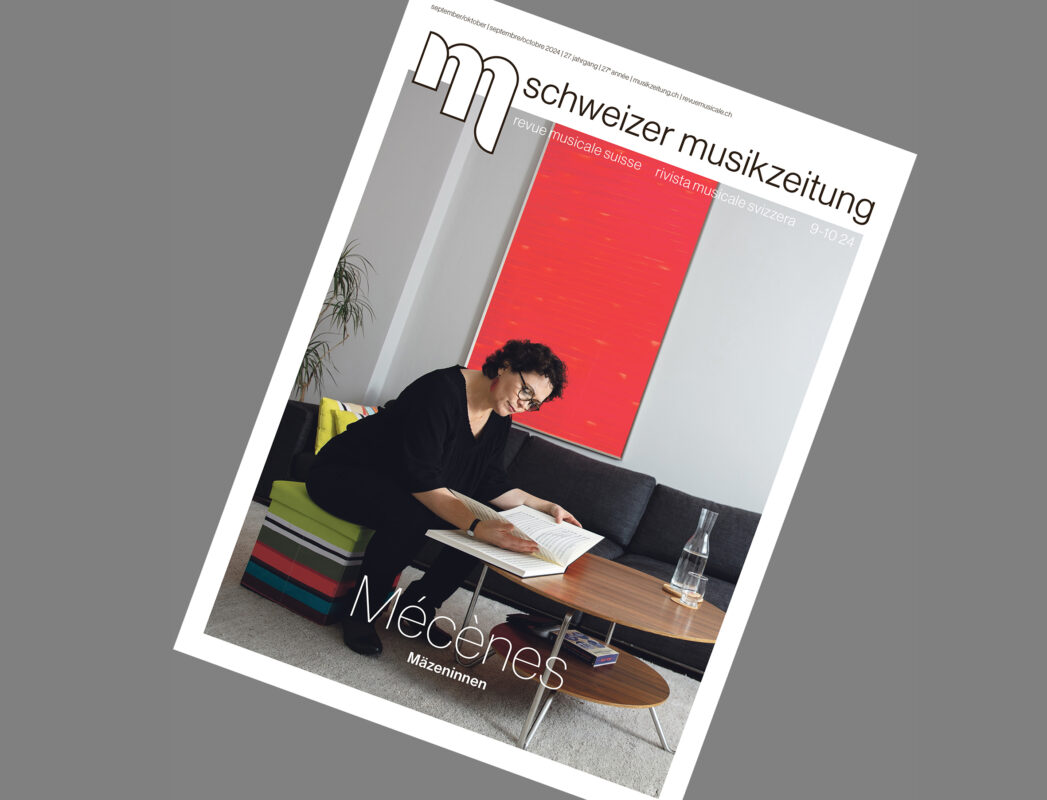Le hackbrett en Suisse
Les cordes longues produisent un son plus grave que les courtes: ce principe physique explique la forme trapézoïdale de la caisse de résonnance du dulcimer. In order to be able to produce more than one note per chord, chevalets are placed on the instrument which divide the chords into segments. Since the 19th century, the dulcimer has been equipped with at least two of these chevalets. The cords are frappe with small marteaux, very fine in the cantons around Säntis, more massive and in the shape of an S in Valais.
The Appenzell dulcimer of today has 125 chords, grouped into 25 choruses of 5 chords at the same pitch. In Valais, a barre is used to produce a chorus of one demitone, although the instrument is smaller and has fewer chords.
Repandu dans de nombreux pays du monde entier, le hackbrett est apprécié surtout en Asie et en Europe de l'est. We don't know where the Swiss dulcimer comes from, but it was probably imported by musicians from the Italian-speaking part of France. In 1447, its name was mentioned for the first time in a police report from the city of Zurich, where an individual playing the dulcimer was punished for nocturnal tapping. The first illustration of the instrument appears in a manuscript from 1494 preserved by the monastery of Einsiedeln. Other images also appear in various documents and treatises on music from the beginning of the 16th century. In 2012, a dulcimer dating from 1644 was discovered in Davos. The instrument also appears in several tableaux and, from the end of the 19th century, in photographs. Some of them represent the musicians of the streets who played this instrument in Grindelwald, including the legendary dulcimer Anna Bühlmann-Schlunegger (1811-1897).
If the dulcimer players from Switzerland Orientale were amazed to discover their Valaisan homologues at a tournament in Brigue in 1973, they were truly fascinated in 2001 when Johannes Fuchs came to Appenzell to present the Cimbalom World Association, avec une centaine d'hackbrettistes du monde entier.
The dulcimer is played alone, as is often the case in Appenzell, or as part of groups generally consisting of two violons, a contrebasse and sometimes a violoncello, an accordion or a piano. In Valais, it is played as an instrument accompagnateur and sometimes on four hands.
Le mouvement folk des années 1970 a popularisé le hackbrett dans les villes. Since 1989, he has been teaching at the Conservatoire de Berne.
Le hackbrett est demandé comme instrument de concert dans des compositions par Heinz Holliger, Jürg Wyttenbach, Urs Flück, Urs Graf, Renato Grisoni, Robert Wenger, Paul Huber and Rolf Liebermann.








